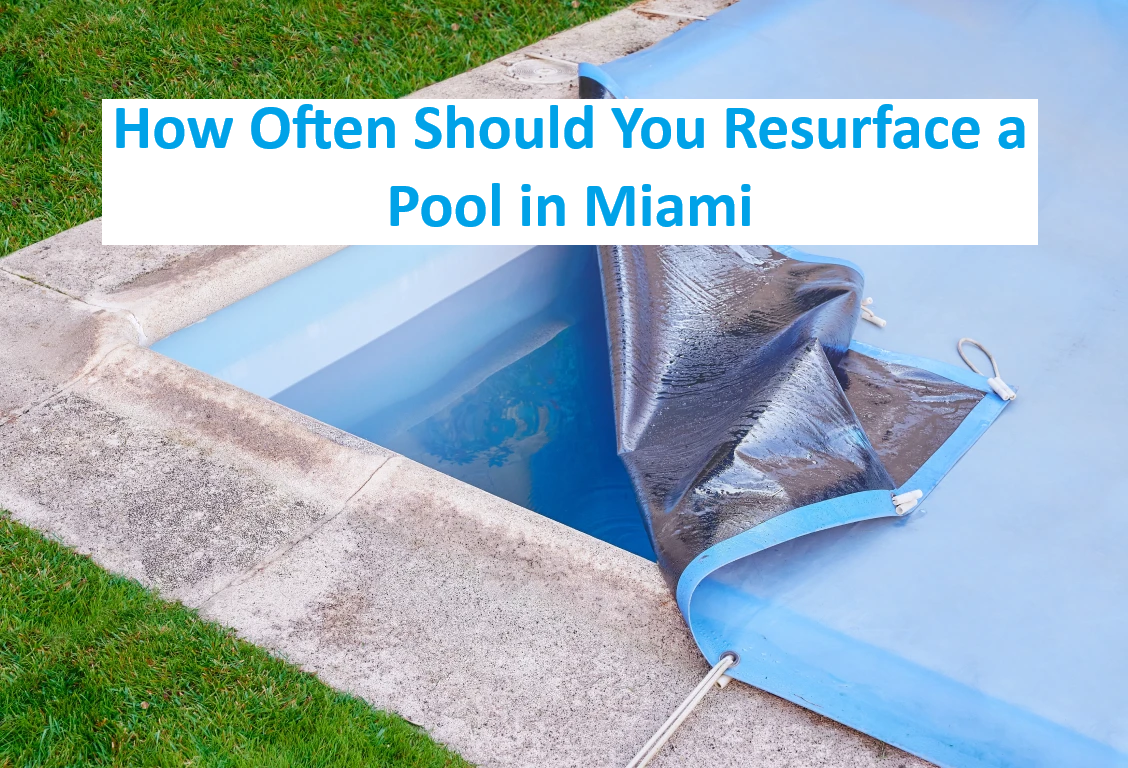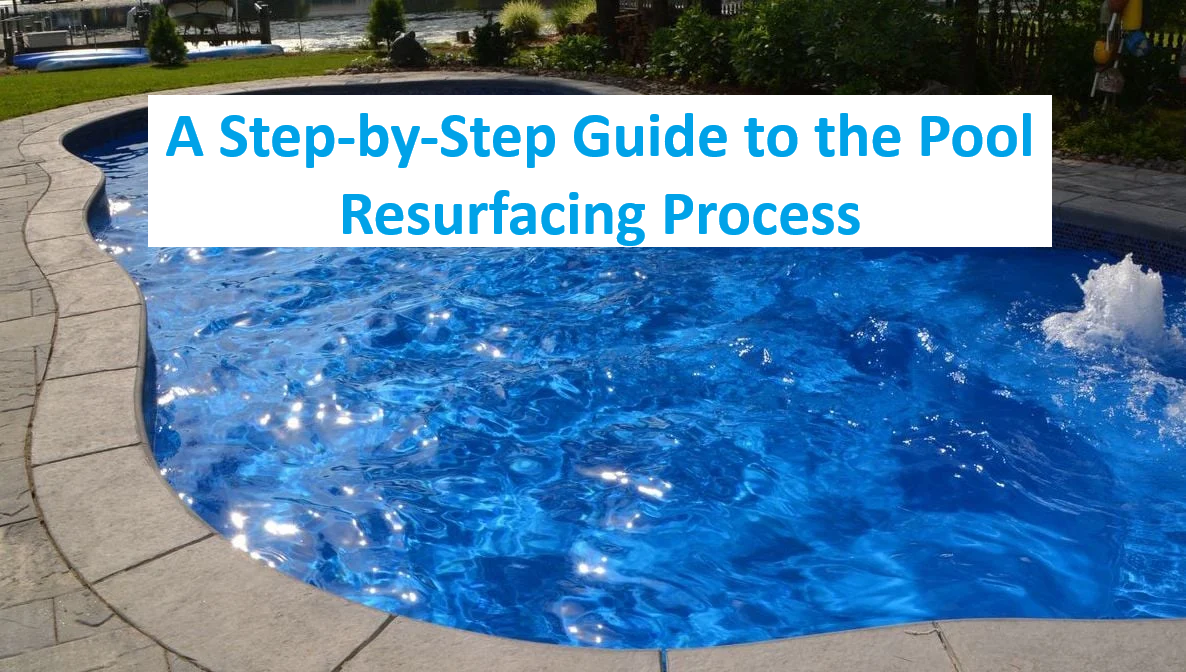In Miami, where pools are used frequently and exposed to strong sun, humidity, and tropical weather, keeping your pool in top condition is essential. One of the most important aspects of pool maintenance is resurfacing. But how often should you resurface your pool?
The answer depends on several factors, including the type of surface material, how often the pool is used, and how well it’s maintained. In this article, we’ll explore the ideal resurfacing timelines and signs to look out for, so your pool stays beautiful, safe, and long-lasting.
Typical Lifespan of Pool Surface Materials
Different pool finishes have different lifespans. Here’s a general guideline for each type:
- Plaster (Marcite): 5–7 years
Plaster is the most affordable option, but it’s also the least durable, especially in Miami’s climate. - Quartz Finish: 10–15 years
More durable than plaster, quartz resists staining and can handle heavy usage and chemicals. - Pebble Finish: 15–20 years
Pebble surfaces are among the most long-lasting and ideal for Miami homeowners who want durability and aesthetics. - Tile Finish: 20+ years
While tile is the most expensive, it’s extremely durable and typically only needs occasional cleaning and regrouting.
Factors That Affect Resurfacing Frequency
Even with high-quality materials, several factors can shorten or extend your pool’s lifespan:
- Miami’s Weather: Constant exposure to UV rays, rain, and humidity can wear down your pool surface faster than in cooler climates.
- Chemical Balance: Poor water chemistry can corrode the surface and cause stains or etching.
- Usage: A pool used daily will wear faster than one used occasionally.
- Maintenance Habits: Regular cleaning, brushing, and monitoring help extend the life of your pool surface.
Signs Your Pool Needs Resurfacing
Even if you haven’t reached the typical lifespan, your pool may still need resurfacing if you notice:
- Cracks or rough spots on the surface
- Stains that don’t come off with regular cleaning
- A chalky residue or discoloration
- Pool water levels dropping (potential leaks)
- Outdated or faded appearance
These signs indicate that the surface may be deteriorating and should be evaluated by a professional.
So, How Often Should You Resurface?
As a general rule, Miami pool owners should plan to resurface every 7 to 15 years, depending on the material used and how well the pool is maintained. If your pool sees frequent use or hasn’t had proper upkeep, you may need resurfacing sooner.
Protect Your Investment
Timely resurfacing doesn’t just make your pool look new — it protects the structure, improves safety, and prevents expensive repairs later. It’s a smart investment in your home and your lifestyle.
If you’re unsure about your pool’s condition, it’s best to have an expert assess it. Pool Resurfacing Miami offers professional inspections and resurfacing services tailored to the local climate and your specific needs.



